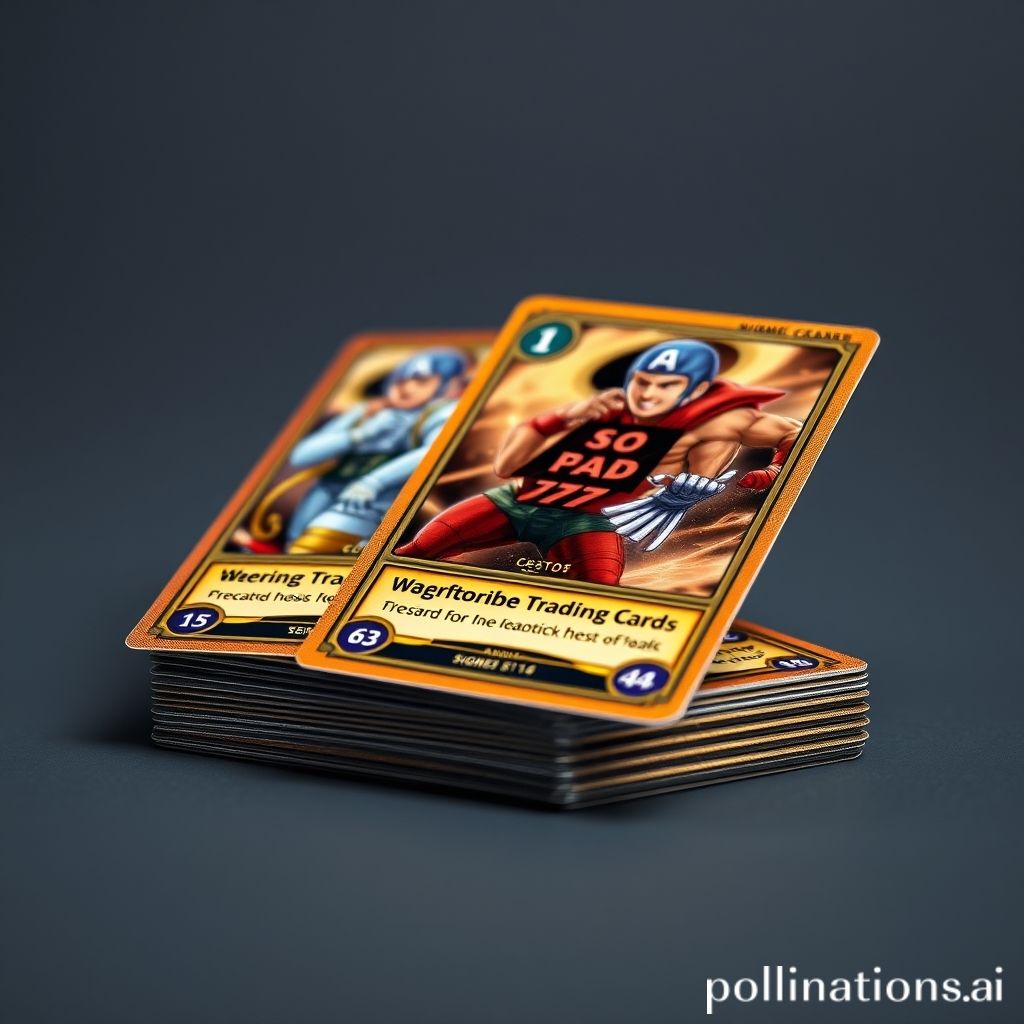
NFT Trading Cards in 2025: Trends, Design & Collector Behavior
The NFT trading card market is constantly evolving. To navigate this exciting space, it’s crucial for both collectors and creators to understand the forces shaping its future. This article delves into emerging design trends, innovative blockchain applications, and shifting collector behavior, offering insights to stay ahead in 2025 and beyond.
Evolving Design Aesthetics: Beyond the Pixel
Forget static images. In 2025, expect to see a significant push toward dynamic and interactive NFT trading card designs. Think animated elements, responsive backgrounds that react to market data or collector actions, and even mini-games embedded within the card itself. This shift will be driven by advancements in rendering technology and a desire for collectors to own truly unique and engaging digital assets.
- Personalized Customization: NFTs will increasingly allow collectors to personalize their cards with custom borders, backgrounds, and even animated effects. Imagine adding a player’s signature or incorporating team colors directly onto the card.
- AR Integration: Augmented Reality (AR) will play a crucial role. Collectors will be able to scan their physical or digital NFT cards and bring them to life through AR overlays on their smartphones, showcasing 3D models, player stats, and historical highlights.
- Generative Art Integration: Incorporating generative art algorithms into NFT card design opens up possibilities for truly unique and scarce collectibles. Each card within a series can have subtly different visual features, making each a one-of-a-kind creation.
Blockchain Innovations: Utility and Ownership
Beyond simply verifying ownership, blockchain technology will be leveraged to enhance the utility and experience surrounding NFT trading cards. We’ll see greater integration with decentralized finance (DeFi) and gaming platforms, unlocking new possibilities for collectors.
- DeFi Integration: NFT cards could be used as collateral for loans on decentralized lending platforms, or staked to earn rewards within the card’s ecosystem. This adds a layer of financial utility to the collectible aspect.
- Dynamic Scarcity: Smart contracts could adjust the scarcity of certain NFT cards based on real-world events. For example, a card featuring a player who achieves a significant milestone could see its scarcity automatically reduced, increasing its value.
- Fractional Ownership: High-value NFT cards can be fractionalized, allowing multiple collectors to own a share of the card. This makes rare and expensive cards more accessible to a wider audience.
The Collector of 2025: Community and Experience
Collector behavior is evolving beyond simple accumulation. In 2025, community and shared experiences will be paramount. Collectors will be drawn to projects that foster a sense of belonging and offer opportunities to engage with fellow enthusiasts.
- DAO Governance: Decentralized Autonomous Organizations (DAOs) will become increasingly prevalent in the NFT trading card space. Collectors will be able to participate in the governance of the project, influencing decisions regarding card design, future releases, and community initiatives.
- Exclusive Experiences: Owning certain NFT cards will grant access to exclusive virtual or physical events, such as meet-and-greets with athletes, behind-the-scenes content, and early access to new releases.
- Gamified Collecting: Collecting will become more gamified, with leaderboards, challenges, and rewards for completing sets or achieving certain collecting milestones. This adds a layer of competition and engagement to the experience.
Beyond Speculation: Long-Term Value
The shift in collector behavior will also impact the types of projects that thrive. The days of purely speculative NFT drops are numbered. The projects that offer genuine utility, foster strong communities, and provide lasting value will be the ones that stand the test of time. This means emphasizing long-term sustainability over short-term hype, focusing on building robust ecosystems around NFT cards, and prioritizing the collector experience above all else.
In conclusion, the future of NFT trading cards in 2025 hinges on innovative design, practical blockchain applications, and a community-driven collector experience. By embracing dynamic designs, leveraging DeFi and fractionalization, and building strong communities, creators can attract and retain collectors, paving the way for a more sustainable and engaging future for the NFT trading card market. Staying informed and adaptable will be key for both creators and collectors to succeed in this dynamic landscape.




No Comments